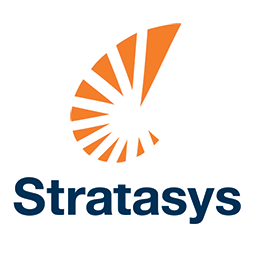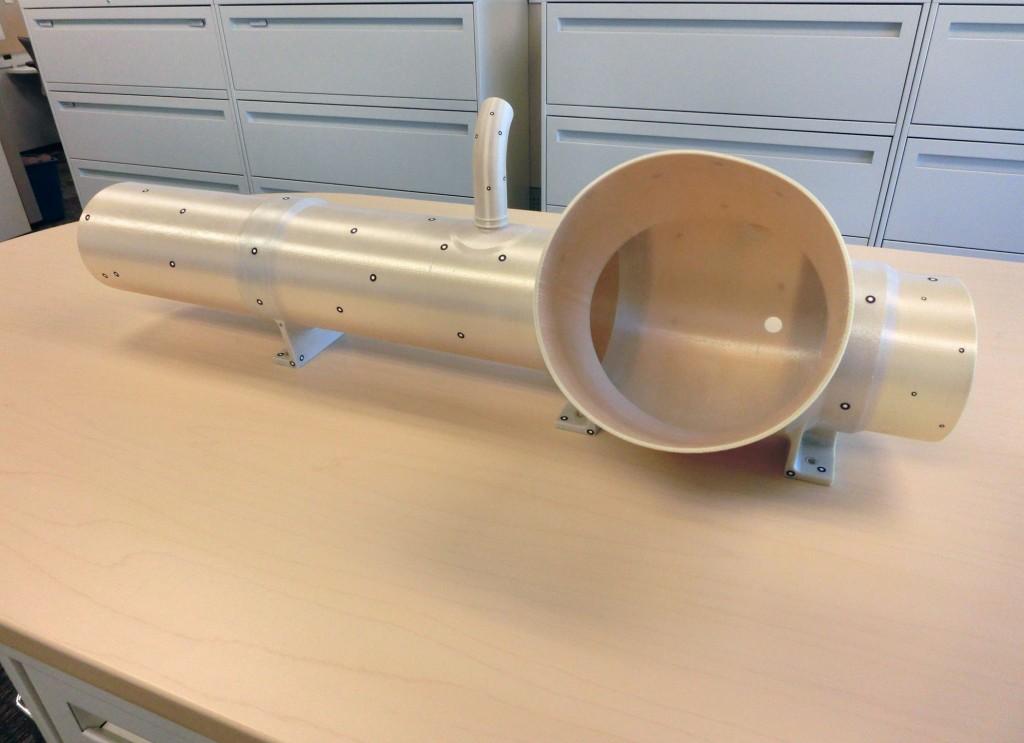One of my favorite aspects of writing about technology like 3D printing is watching how many different types of industries find uses for it. Over the years I’ve seen 3D printers used to help surgeons plan for complex medical procedures, help restore ancient artifacts, replicate living tissue, and even be used to produce strange and unique foodstuffs.
However, as a giant space nerd, seeing how quickly advances in 3D printing materials have been adapted to the science of rockets has been especially fun. Companies like SpaceX are already testing metal 3D printed parts for new rocket engines, and naturally spacecraft designers and engineers use plenty of 3D printed parts in prototypes. But thanks to the expanding sciences of 3D printing materials, companies are now able to use parts created with FDM printers in functional rockets.
 United Launch Alliance has been designing, fabricating, and manufacturing the rockets that launch billion dollar satellites, NASA spacecraft, and Air Force vehicles into orbit for nearly 50 years. The starting price for one of their advanced rockets is an easily affordable $165 million. As space flight continues to expand and more and more of their one-time use rockets are needed to reach orbit, ULA is looking to drastically reduce that price tag. But cutting corners isn’t an option when you need to push a 60,000 pound satellite away from the Earth’s substantial gravitational pull.
United Launch Alliance has been designing, fabricating, and manufacturing the rockets that launch billion dollar satellites, NASA spacecraft, and Air Force vehicles into orbit for nearly 50 years. The starting price for one of their advanced rockets is an easily affordable $165 million. As space flight continues to expand and more and more of their one-time use rockets are needed to reach orbit, ULA is looking to drastically reduce that price tag. But cutting corners isn’t an option when you need to push a 60,000 pound satellite away from the Earth’s substantial gravitational pull.
“It’s about as demanding an application as you can get. Rockets must endure pressure, G-force, speed, vibration, heat, and extreme cold,” explained Stratasys VP and General Manager of the Vertical Solutions Unit for Additive Manufacturing system maker Rich Garrity.
 Part of that cost reduction began when ULA purchased two of the large-scale Stratasys Fortus 900mc 3D Production Systems. The systems were initially used to work on prototyping and tooling but the team quickly began using the advanced 3D printer to overhaul the Atlas V rocket’s environmental control system ductwork. The duct system is a critical component of launching sensitive electronics into orbit by delivering nitrogen to parts of the rocket booster during the launch sequence.
Part of that cost reduction began when ULA purchased two of the large-scale Stratasys Fortus 900mc 3D Production Systems. The systems were initially used to work on prototyping and tooling but the team quickly began using the advanced 3D printer to overhaul the Atlas V rocket’s environmental control system ductwork. The duct system is a critical component of launching sensitive electronics into orbit by delivering nitrogen to parts of the rocket booster during the launch sequence.
The previous duct assembly system in the Atlas V was made primarily of 140 metal parts, but using the Fortus 900mc and ULTEM 9085 FDM thermoplastic materials they were able to reduce that to only 16 individual components. Not only is that a dramatic reduction in installation and assembly time, but it resulted in a 57% reduction in part cost.
Here is a video of ULA talking about how 3D printing is used in their rockets:
“ULTEM 9085 has great strength properties over a wide temperature range. We have done testing to show that it is very capable of withstanding temperatures from cryogenic all the way up to extreme heat. And it’s tough enough to handle the vibration and stress of lift off and flight. We’re very satisfied with its performance,” explained Greg Arend, ULA’s Additive Manufacturing Program Manager.
The line of ULTEM thermoplastic printing materials was developed specifically for use in aerospace, automotive, and military applications. The materials can resist extreme variances of temperature from high heat to sub-zero cold without the plastic’s properties becoming damaged, distorted, or altered. Because it has an exceptional strength-to-weight ratio, it is an ideal material to help reduce the weight of large-scale vehicles.
“We see somewhat of an exponential growth in the utility of 3D printing for flight applications on our current vehicles, and we intend to use it heavily with our Vulcan rocket,” continued Arend.
ULA expects to include over 100 3D printed parts and components on their next generation of Atlas rockets.
What do you think about 3D printed rocket components and the growing influence of 3D printing in rocket and aircraft design? Let us know on the 3D Printers Launching Rockets Into Space forum thread over on 3DPB.com.
Subscribe to Our Email Newsletter
Stay up-to-date on all the latest news from the 3D printing industry and receive information and offers from third party vendors.
You May Also Like
3D Printing Unpeeled: New Arkema Material for HP, Saddle and Macro MEMS
A new Arkema material for MJF is said to reduce costs per part by up to 25% and have an 85% reusability ratio. HP 3D HR PA 12 S has been...
3D Printing News Briefs, January 20, 2024: FDM, LPBF, Underwater 3D Printer, Racing, & More
We’re starting off with a process certification in today’s 3D Printing News Briefs, and then moving on to research about solute trapping, laser powder bed fusion, and then moving on...
3D Printing Webinar and Event Roundup: December 3, 2023
We’ve got plenty of events and webinars coming up for you this week! Quickparts is having a Manufacturing Roadshow, America Makes is holding a Member Town Hall, Stratafest makes two...
Formnext 2023 Day Three: Slam Dunk
I’m high—high on trade show. I’ve met numerous new faces and reconnected with old friends, creating an absolutely wonderful atmosphere. The excitement is palpable over several emerging developments. The high...































